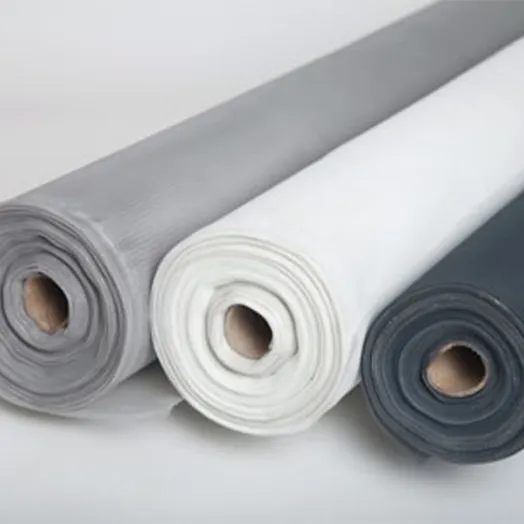Using Fiberglass Mosquito Net in Greenhouses and Agricultural Settings
Agricultural settings often face the challenge of pests invading crops. Mosquitoes, along with other insects, can damage plants and spread diseases among livestock. This makes it essential for farmers to find effective solutions. Fiberglass mosquito netting offers a durable and cost-effective way to protect crops while allowing air circulation and sunlight in. Unlike traditional options,
Table of Contents
- steel grating
- 2. Summary Answer
- 3. Key Benefits of Using Fiberglass Mosquito Net
- 4. Conclusion
- 5. FAQ
Introduction
Agricultural settings often face the challenge of pests invading crops. Mosquitoes, along with other insects, can damage plants and spread diseases among livestock. This makes it essential for farmers to find effective solutions. Fiberglass Mosquito Netting offers a durable and cost-effective way to protect crops while allowing air circulation and sunlight in. Unlike traditional options, Fiberglass window netting is lightweight and resistant to corrosion. Using a fiberglass mosquito net can greatly improve the health and yield of your crops.
Summary Answer
Fiberglass mosquito nets are effective in preventing pests from accessing crops in greenhouses and agricultural settings. They allow sunlight and air to reach plants while providing a protective barrier. This improves crop health and yields without the need for harmful chemicals.
Key Benefits of Using Fiberglass Mosquito Net
-
Enhanced Protection Against Pests
- Fiberglass mosquito nets act as a physical barrier. They keep insects out while allowing beneficial insects to enter. This helps maintain a balanced ecosystem. The netting is fine enough to block even the smallest pests. It protects plants from damage and disease spread.
Case Study
- In a study conducted in a commercial greenhouse, the use of fiberglass mosquito nets reduced pest populations by over 70% compared to untreated areas. This led to healthier plants and increased crop yield.
-
Durability and Longevity
- Fiberglass is more durable than traditional fabric nets. It can withstand harsh weather conditions. Unlike plastic or cotton, fiberglass does not rot or degrade easily. This means you can use it for several growing seasons.
Data on Durability
- According to recent data, fiberglass nets have a lifespan of up to five years in extreme conditions, while alternative materials last only one to two years.
-
Improved Air Circulation and Sunlight Exposure
- Good ventilation and light are essential for plant growth. Fiberglass mosquito nets allow air and light to penetrate while keeping bugs out. This helps maintain optimal growing conditions.
Benefits of Air Circulation
- Studies show that increased air circulation can improve plant growth rates by 20%. With fiberglass nets, these rates can be achieved while keeping pests at bay.
Conclusion
Using fiberglass mosquito nets in greenhouses and agricultural settings provides significant benefits. They protect crops from pests while allowing sunlight and air to reach the plants. This practical solution not only boosts crop health but also increases yield without relying on harmful chemicals. By investing in fiberglass window netting, you can enhance your farming practices.
FAQ
-
What are fiberglass mosquito nets made of?
Fiberglass mosquito nets are made from woven fiberglass threads, making them durable and lightweight. -
Can I wash fiberglass nets?
Yes, fiberglass mosquito nets can be washed with mild soap and water to remove dirt and debris. -
How do I install fiberglass mosquito nets?
Installation typically involves mounting frames or adhering the nets to existing structures using tape or clips. -
Are fiberglass mosquito nets environmentally friendly?
Yes, they are made from recyclable materials and help reduce the need for chemical pesticides. -
How do fiberglass nets compare to traditional nets?
Fiberglass nets tend to last longer and offer better durability compared to traditional fabric nets.
Â